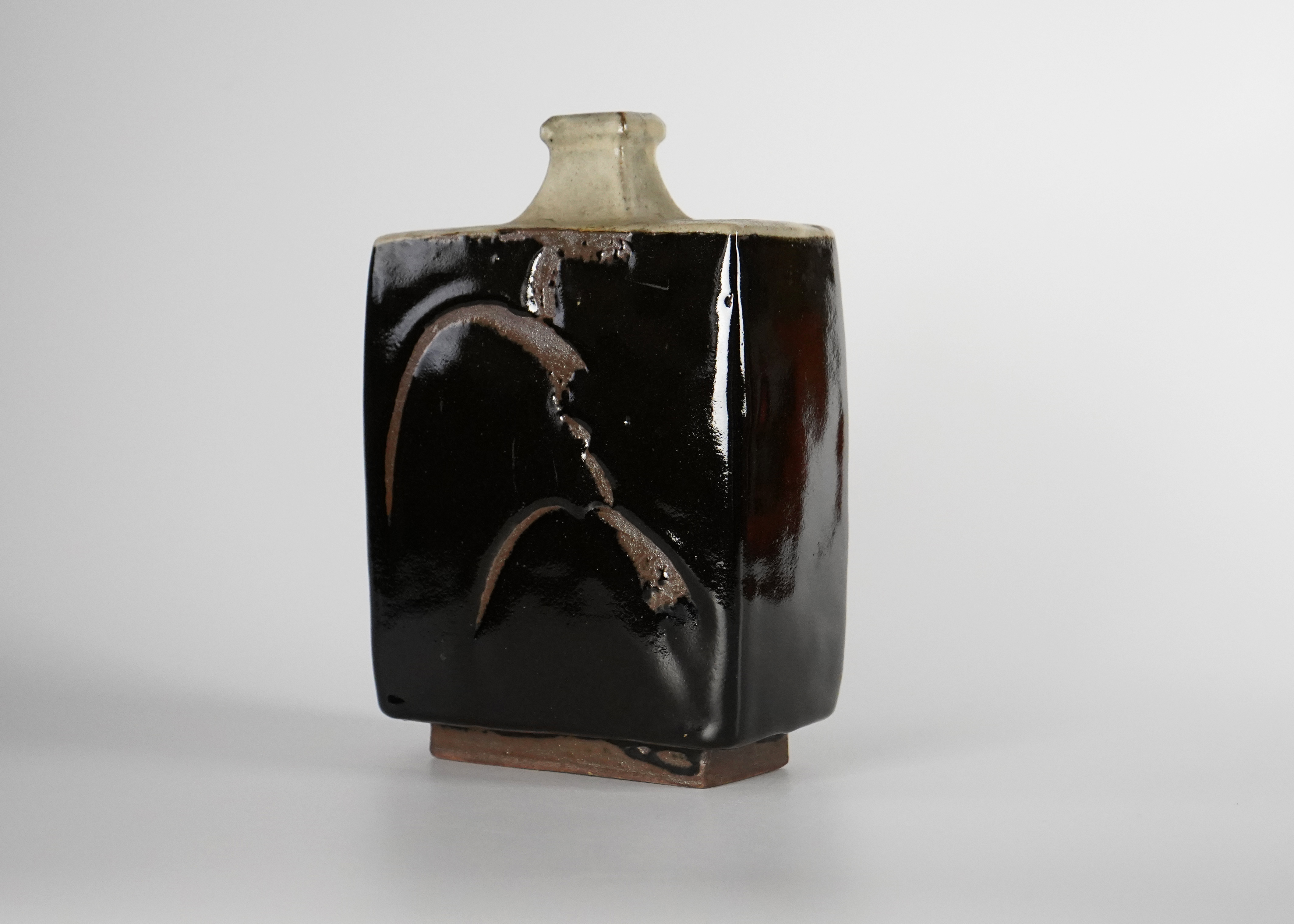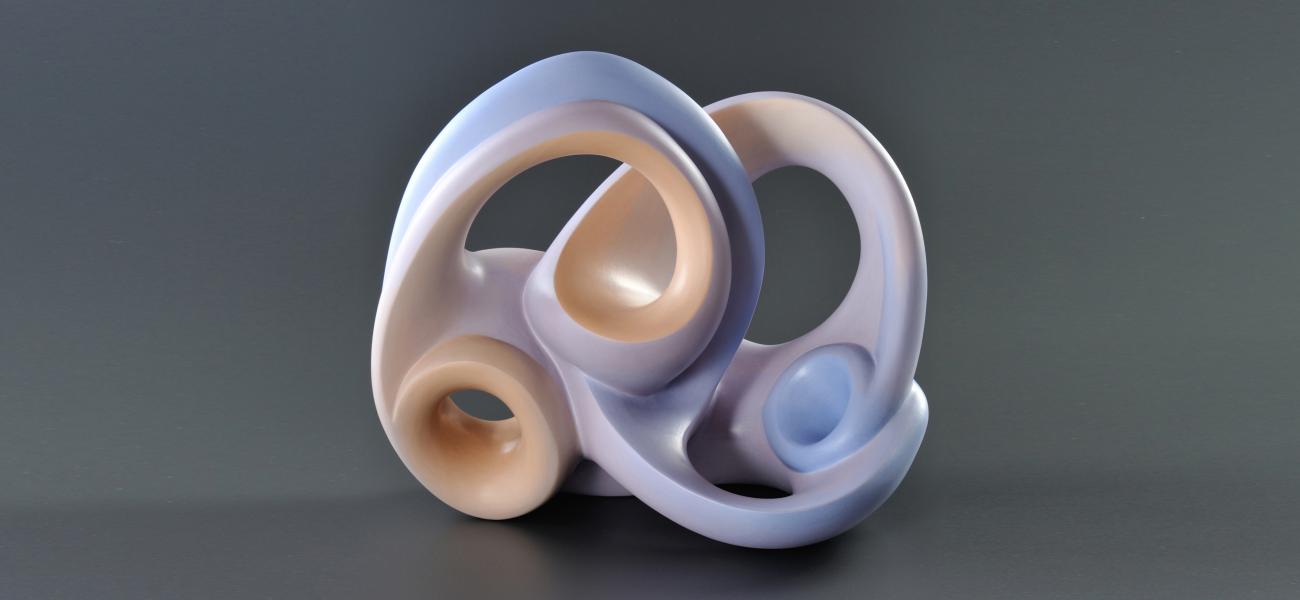In his book, Shobogenzo – The Treasury of the True Dharma Eye, the Buddhist priest Dogen Zenji writes about our captivation with time:
"...For the time being, a demon with three heads and eight arms,
For the time being, the golden sixteen-foot body of a Buddha,
For the time being, a monk's staff of a master's flyswatter
For the time being, a pillar or a lantern..."
In this dharmic writing, he meditates on our material experience of time. He calls us "time beings," for we exist within time, and our experience of time is relative to all living and nonliving things. What he meant was that things exist both within and are composed of time: "We and all things are all time beings."
His wordplay, as translated into English by Ruth Ozeki, comes to mind as I sit in our gallery space at Dai Ichi Arts, contemplating the curation of our March 2022 exhibition on a selection of modern Japanese ceramics for Asia Week New York: "Future Forms: Women and Avant-Garde Sculpture in Modern Japanese Ceramics."

For the time being, I sit in front of a jar and a sculpture – for the time being, a vessel and an object.
It's true that the relationship between time and its objects has been a core affair in art historical discourse. The veneer of a ceramic bowl made in the Edo period doesn't necessarily differ from the surface of a bowl made today if the contemporary artist decides to recreate a historical surface technique. In other words, surfaces of modern artworks can be manipulated to appear older through artificial aging, while the piece itself is a contemporary construction. With this in mind, I looked from one object to the next. Both artworks were made in the modern age; both will continue to age or last into the future. How did the ceramic vessel feel temporally different? Why did it feel older, as though recalling a historical precedent? On the other hand, the sculpture felt suspended in its future. Its formal quality transfixed the object in its future. Indifferent to inherited traditions, it was a little anachronistic.

